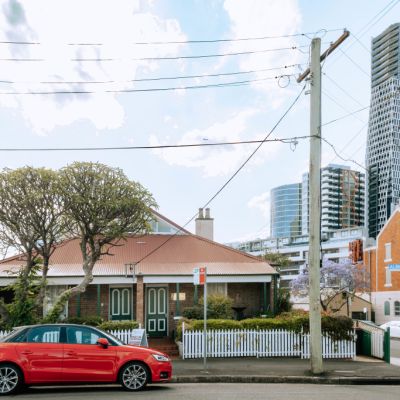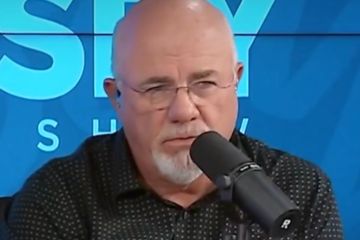Interest rate predictions: When the experts think rates will start coming down
Update: The RBA has paused interest rate rises for now – here’s everything you need to know.
After 10 consecutive interest rate rises, home owners will finally get some relief, with the Reserve Bank of Australia (RBA) deciding to keep interest rates on hold at its April board meeting.
Last month the RBA revealed it would consider pausing cash rate hikes at the April board meeting, depending on the latest economic data.
The data the RBA was waiting for appears to show that the economy has slowed enough to convince the board to stop raising interest rates and wait to assess the state of the economy before making its next move.
But a pause doesn’t necessarily mean the end of rate rises, with RBA governor Philip Lowe indicating we may see another rate hike in the months ahead.
“In assessing when and how much further interest rates need to increase, the board will be paying close attention to developments in the global economy, trends in household spending and the outlook for inflation and the labour market,” he said in a statement after the RBA’s April meeting.
Commonwealth Bank head of Australian economics Gareth Aird said he thought the “whopping” 350 basis points worth of rate rises the RBA had delivered in the past 10 months was enough for now, given board members admitted last month that monetary policy was now in “restrictive territory”, and there was a lag between cash rate rises and their effect on consumer behaviour.
He still expects the RBA to raise the cash rate to 3.85 per cent at the May board meeting, but said subtle tweaks to the wording in the RBA governor’s statement indicate that the board is less convinced that another rate hike will be needed.
“The Board has still retained a hiking bias, as we anticipated,” he said in an update. “But it is a more watered down version of the previous statement.”
“We retain our central scenario that the terminal rate will be 3.85 per cent. We believe the risk to our call is that the current 3.6 per cent cash rate is the peak in this cycle and the next move is down.”
How much will another rate rise cost borrowers?
An Australian home owner with an average-sized variable loan of about $600,000 would be dreading another hike. Based on calculations using the Domain Home Loans Repayment Calculator, their minimum monthly repayments are expected to be about $1226 higher than before rates started rising, once all the RBA’s rate hikes are passed on in full to borrowers.
Another 25 basis point rate rise would mean an average borrower’s minimum monthly repayments would hit $3694, assuming their bank passed on all the RBA’s rate rises and their variable rate reached 6.25 per cent.
Estimated monthly home loan repayments |
|||||
| Loan amount | 5.5% | 5.75% | 6% | 6.25% | 6.5% |
| $500k | $2,839 | $2,918 | $2,998 | $3,079 | $3,160 |
| $600k* | $3,407 | $3,501 | $3,597 | $3,694 | $3,792 |
| $750k | $4,258 | $4,377 | $4,497 | $4,618 | $4,741 |
| $1 million | $5,678 | $5,836 | $5,996 | $6,157 | $6,321 |
| $2 millon | $11,356 | $11,671 | $11,991 | $12,314 | $12,641 |
|
Source: Domain Home Loans Repayment Calculator. Estimates are based on a 30-year principal and interest variable rate loan. Fees and charges are excluded, and this information is intended as a guide only. *Average loan size $601,252, January 2023 (ABS) |
|||||
Of course, this assumes the borrower hasn’t refinanced yet or asked their lender for a lower rate. Refinancing activity is at its highest level this year, according to PEXA’s Refinance Index, with 35 per cent more loans refinanced in the past week than in the same period last year.
According to the RBA, interest rates on new loans are about half a percentage point lower than rates paid on outstanding loans, meaning the average borrower could stand to save about $200 per month or more than $2300 per year by shopping around.
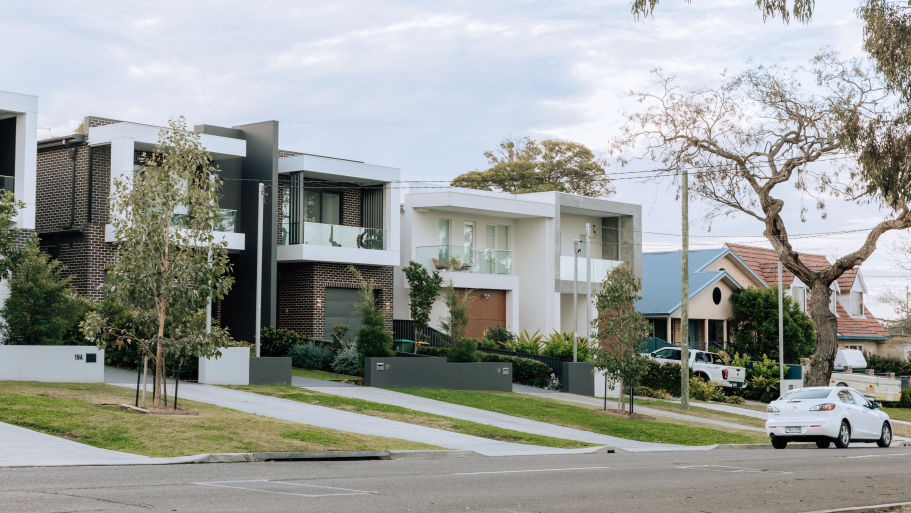
What does the latest economic data say?
The RBA said last month that the latest employment, inflation, retail trade and business survey data would influence the April cash rate decision.
It seems that data shows that high interest rates are finally having enough of an effect on the economy for the RBA to justify keeping rates steady, at least until next month.
“A range of information, including the monthly CPI indicator, suggests that inflation has peaked in Australia,” said Dr Lowe. “The central forecast is for inflation to decline this year and next, to around 3 per cent in mid-2025.”
“There is further evidence that the combination of higher interest rates, cost-of-living pressures and a decline in housing prices is leading to a substantial slowing in household spending.”
Despite the pain felt by mortgage holders, the economy appears to have proven quite resilient to higher interest rates, with the unemployment rate falling back to 3.5 per cent and about 65,000 people getting a job in February, according to the ABS.
But the RBA thinks that could change. “As economic growth slows, unemployment is expected to increase,” Dr Lowe said.
The latest retail trade figures from the ABS showed spending continued to rise in February, albeit by a modest 0.2 per cent.
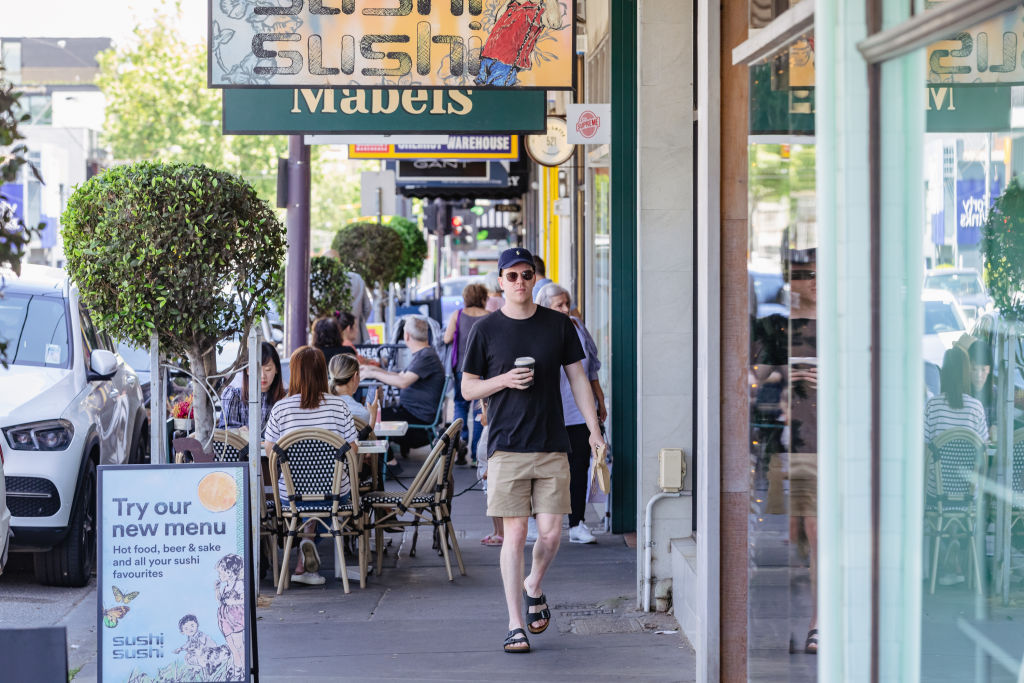
This is the smallest increase since interest rates started rising, excluding seasonally affected December figures, indicating that cost-of-living pressures appear to be slowing the economy, which Aird said was “probably a welcome outcome from the RBA’s perspective”.
Meanwhile, the latest NAB Business Survey, which is closely monitored by the RBA, found conditions remain elevated and prices are still high.
“Prices growth does appear to be easing in retail as global supply issues resolve,” said NAB chief economist Alan Oster. “However, our survey shows little evidence of easing in services prices for consumers, which remains a key focus for the RBA.”
When will the RBA cut interest rates?
Borrowers who’ve been forced to cut spending and dig into their savings as a result of the RBA’s steepest-ever rate-hiking cycle may find hope in the fact that the big banks are all now factoring rate cuts into their forecasts.
Commonwealth Bank is the most optimistic of the big four, expecting two 25-basis-point cuts by the end of the year, and a further 50 basis points of cuts by mid-2024.
Westpac predicts the cash rate will peak at 3.85 per cent after a hike at the May meeting, and stay there for the second half of 2023, with rates coming down in the first quarter of 2024. Westpac economists expect the cash rate to fall to 2.35 per cent by mid-2025.
When the big banks think interest rates will start coming down |
|
| Westpac | Early 2024 |
| Commonwealth Bank | November 2023 |
| NAB | February 2024 |
| ANZ | November 2024 |
NAB expects the RBA to start cutting the cash rate by February 2023, with 100 basis points of cuts forecast to bring the cash rate by mid-2024.
ANZ believes that inflation will be relatively persistent, meaning interest rates will need to remain high until November 2024 to bring inflation back down.
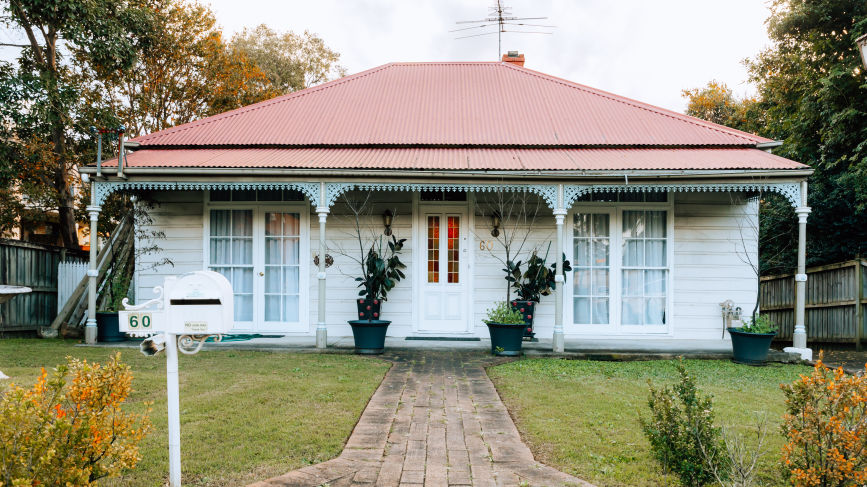
With cuts to the offical interest rate at least six months away, assuming the banks’ forecasts prove accurate, home owners may be able to get their own interest rate cut in the meantime by giving their lender a call or shopping around for a better deal.
This article was first published April 3, 2023 and has been updated since publication.
We thought you might like
States
Capital Cities
Capital Cities - Rentals
Popular Areas
Allhomes
More


